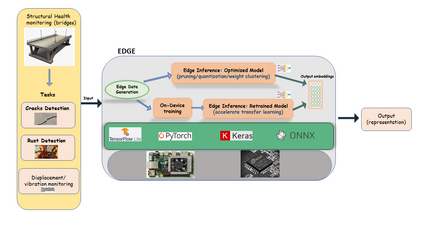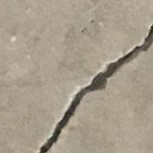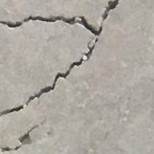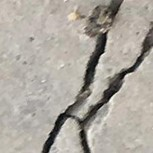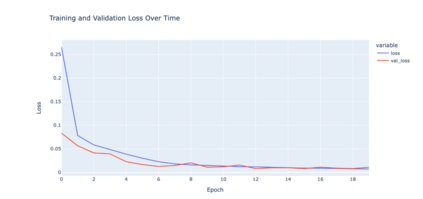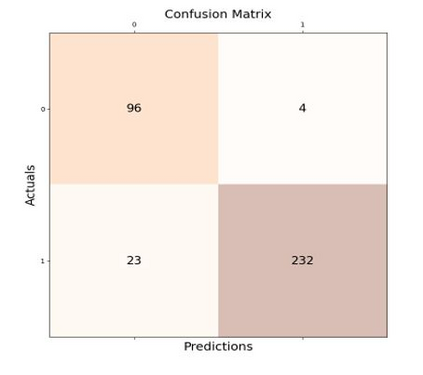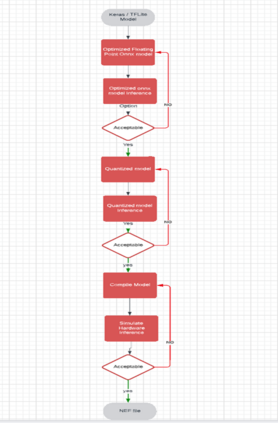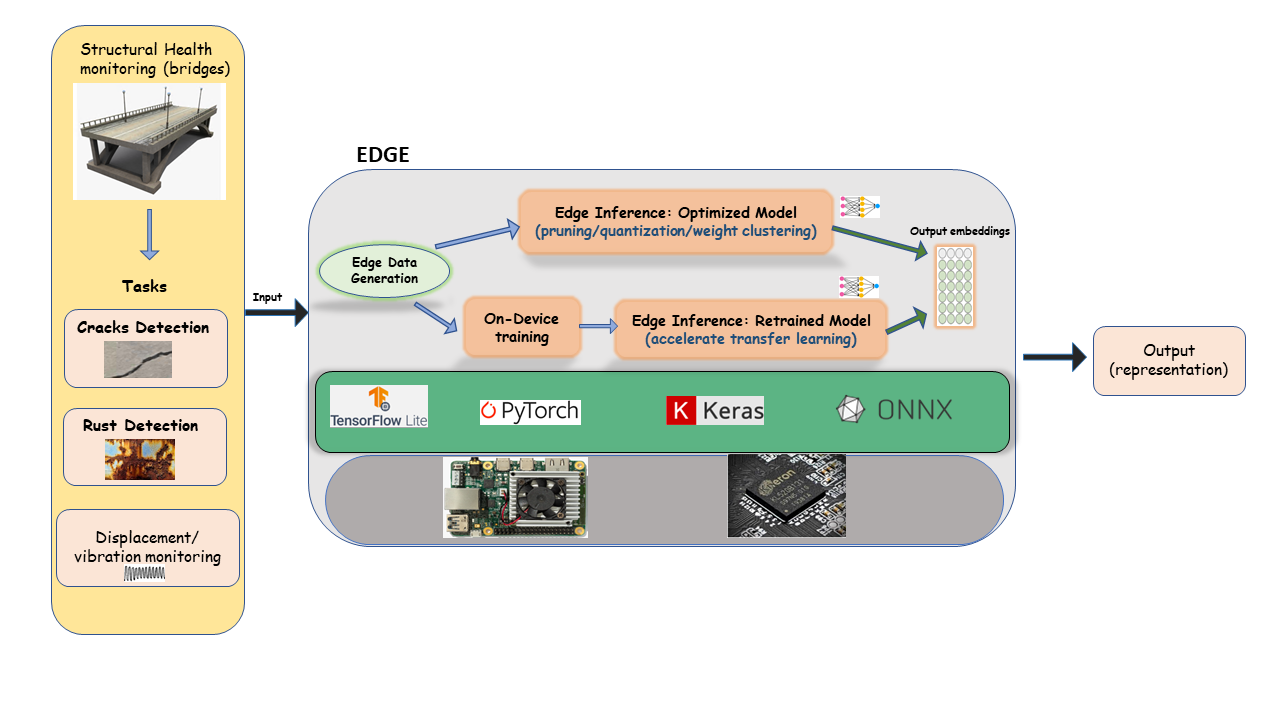Structural health monitoring (SHM) tasks like damage detection are crucial for decision-making regarding maintenance and deterioration. For example, crack detection in SHM is crucial for bridge maintenance as crack progression can lead to structural instability. However, most AI/ML models in the literature have low latency and late inference time issues while performing in real-time environments. This study aims to explore the integration of edge-AI in the SHM domain for real-time bridge inspections. Based on edge-AI literature, its capabilities will be valuable integration for a real-time decision support system in SHM tasks such that real-time inferences can be performed on physical sites. This study will utilize commercial edge-AI platforms, such as Google Coral Dev Board or Kneron KL520, to develop and analyze the effectiveness of edge-AI devices. Thus, this study proposes an edge AI framework for the structural health monitoring domain. An edge-AI-compatible deep learning model is developed to validate the framework to perform real-time crack classification. The effectiveness of this model will be evaluated based on its accuracy, the confusion matrix generated, and the inference time observed in a real-time setting.
翻译:结构健康监测(SHM)任务如损伤检测对于维护和防腐至关重要。例如,桥梁维护中的裂缝检测非常重要,因为裂缝的进展可能导致结构不稳定。然而,大多数在文献中的 AI/ML 模型都存在低延迟和推断时间长的问题,在实时环境中表现不佳。本研究旨在探索将边缘人工智能集成到 SHM 领域中进行实时桥梁检查。基于边缘人工智能文献,其能力可以实现现场实时决策支持系统的有价值集成,使得物理空间现场上的实时推断任务都可以被执行。本研究将利用商业边缘人工智能平台,例如 Google Coral Dev Board 或者 Kneron KL520,来开发和分析边缘人工智能设备的有效性。因此,本研究提出了结构健康监测领域的边缘人工智能框架。建立了边缘人工智能兼容的深度学习模型来验证框架的有效性,以执行实时裂纹分类任务。将根据模型的准确性、生成的混淆矩阵以及在实时设置下观察的推断时间等指标评估模型的有效性。

